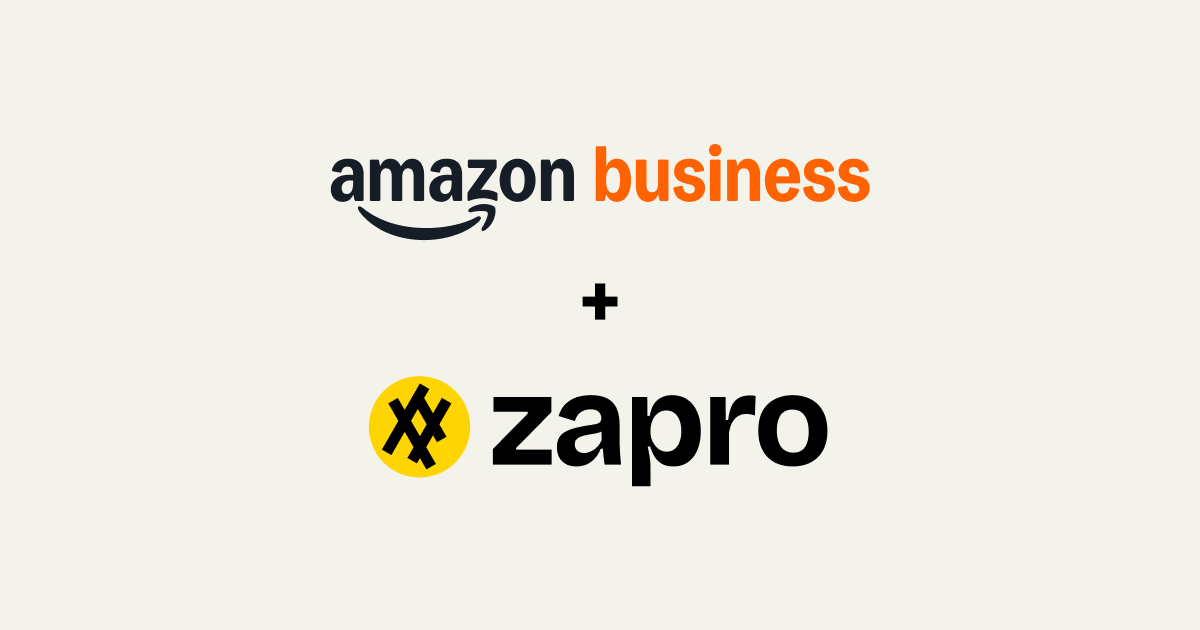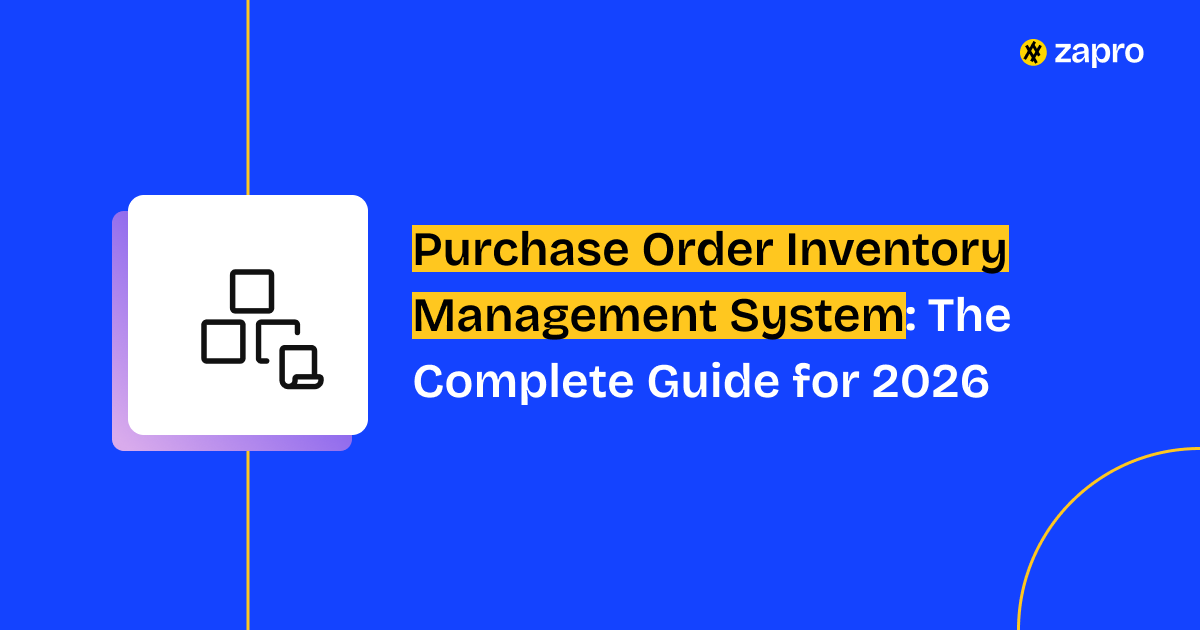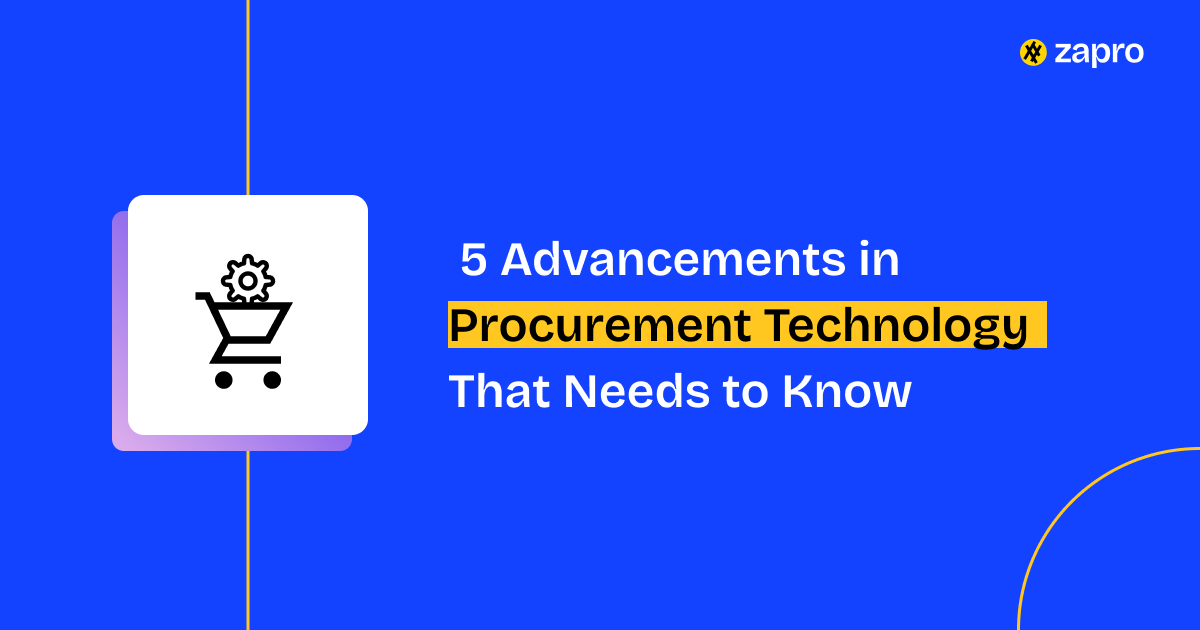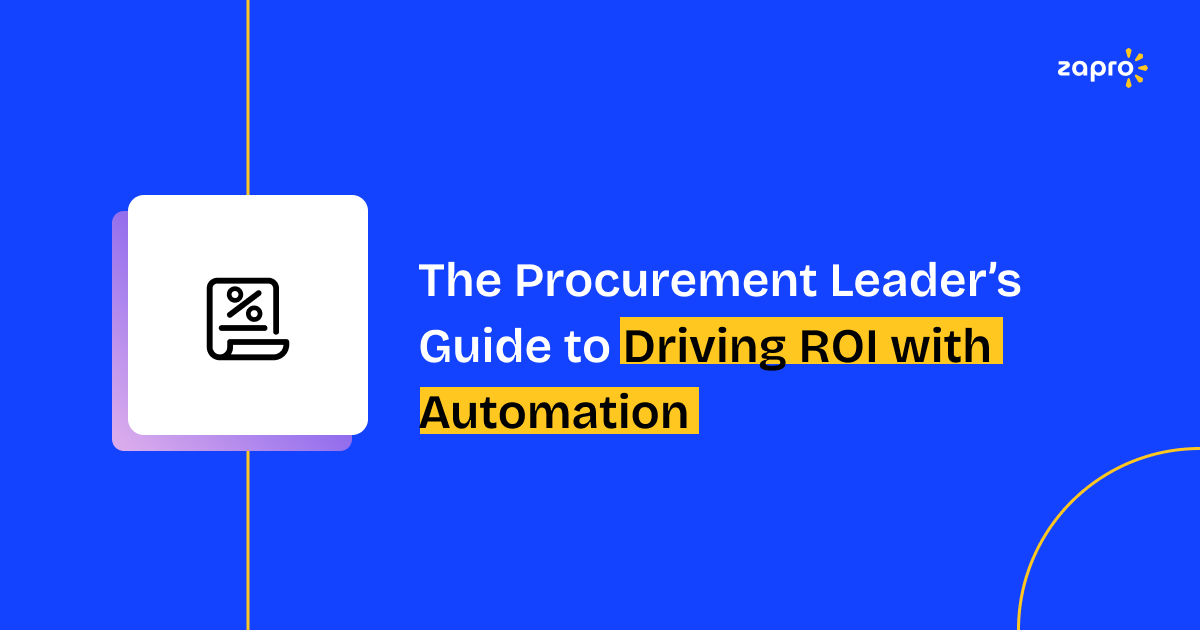What Is a Purchase Order Inventory Management System?
A purchase order inventory management system is a single, unified software platform that brings together two essential business functions: purchasing goods and tracking those goods.
Traditionally, businesses used separate purchase order software for buying and completely different tools (or just spreadsheets) for keeping track of stock. A combined system eliminates this divide. It’s a smart solution that ensures your procurement decisions are always based on the actual, real time stock levels you have. A unified solution is what you require as the separation of these two operations will, by nature, result in errors, such as ordering something that you already have in excess or running out of a vital item.
What Is Inventory Management System?
An inventory management system, at the most basic level, is a tool that a company uses to know what it has, where it is, and how much it is worth. It’s the nerve center for all your stock.
Inventory could be:
• Raw Materials: The components that are used to make your final product.
• Work In Progress (WIP): Products that are only partially finished.
• Finished Goods: The final products that are ready to be sold or used.
By the mere manual or traditional method without any automation, managing inventory is like playing a guessing game which eventually leads to costly inventory problems such as stockouts or obsolete goods that gather dust. That’s the reason why a good inventory management solutions platform is so important.

By 2026, virtual assistants and chatbots will gain traction, as 20% of organizations use them to handle internal and vendor interactions.
– Gartner, Predicts 2024: CPOs Adjust to Technology’s Impact on Procurement
How Purchase Orders and Inventory Work Together
The most powerful feature of a purchase order inventory management system is its ability to create a seamless cycle between buying and stocking. They work together by:
- Linking POs to Stock Levels: Every time you create a Purchase Order (PO), the system registers the incoming stock against current levels, giving you a truer picture of your future stock.
- Auto-Updating Inventory: The moment items are officially received (marked by a Goods Received Note or GRN), the system automatically updates the inventory count. No manual entry is needed.
- Auto-Creating POs: If the stock of a certain item goes under a set number of units (the reorder point) the system will automatically send a purchase request or create a draft PO.
- Preventing Understocking & Overstocking: Thanks to this automation, you can be sure that you will not run out of stock and at the same time will not have to face the costly situation of overstocking.
Why Businesses Need Purchase Order & Inventory Management Software
An integrated purchase order and inventory management software solution is a necessity in 2026, not a luxury.
1. Reduce manual errors
Manual data entry is the leading cause of expensive inventory mistakes. A unified system removes the need for double data entry, thus the numbers in your warehouse will be the same as those in your accounting books.
2. Improve forecasting & demand planning
The system can leverage smart algorithms to predict future demand more accurately by using the data of past POs together with inventory turnover rates. This in turn helps you by planning the purchases more effectively.
3. Real time stock visibility
Managers have an overview of items on shelves, goods that are ordered (in transit), and that which is reserved for future sales, all from a single screen, thereby increasing the speed of decision making.
4. Faster procurement cycles
Through automation, the time period from the moment the need is identified to when the final Purchase Order is sent to the vendor is significantly shortened, thus making your supply chain more agile overall.
5. Lower inventory carrying costs
The practice of stocking up on goods will be prevented thus you will save on the cost of warehousing, insurance, and the risk of inventory becoming obsolete.
Learn more about procurement software.
Stop Drowning in Manual Purchase Orders

Key Features of a Modern Purchase Order Inventory Management System
The best purchase order inventory management system will have these core capabilities:
1. Automated PO creation
The system should automatically generate a Purchase Request when stock falls below the minimum threshold.
2. Real time stock tracking
Provides accurate counts across all locations and updates instantly when items are moved or sold.
3. Supplier & vendor management
Centralized tools for managing supplier profiles, performance scorecards, and contract details.
4. Multi location inventory syncing
Essential for businesses with multiple warehouses, retail locations, or international branches.
5. Approval workflows
Customizable rules that route purchase requests to the right managers based on spend limits or item categories.
6. ERP + accounting integrations
Must connect seamlessly with financial software (like NetSuite, QuickBooks, or SAP) to ensure financial records are always correct.
7. AI powered recommendations
Uses data to suggest the optimal order quantity, best vendor, or best time to reorder.
8. Reporting & analytics
Provides detailed, customizable reports on stock turnover, carrying costs, vendor performance, and budget utilization.
How the System Works (Step by Step Workflow)
Here is a typical workflow within a modern purchase order inventory management system:
- Stock level hits reorder point: The system registers that Item X is low.
- System auto creates a purchase request: A draft request is generated with the recommended quantity.
- Approval workflow: The request is routed to the category manager and then to the finance team based on pre set rules.
- Send PO to vendor: Once approved, the official purchase order software sends the legally binding PO to the supplier electronically.
- Receive items: The items arrive at the warehouse and are logged into the system.
- Inventory auto updates: The system instantly increases the stock count for Item X.
- GRN + invoice match: The Goods Received Note (proof of delivery) is electronically matched against the original PO and the supplier’s invoice.
- Payment release: If the match is successful (3 way match), the payment is approved and released to the vendor.
Benefits of Using an Integrated PO & Inventory Management Solution
Implementing an integrated purchase order inventory management system provides massive returns on investment:
- Reduced stockouts: Optimal stock levels ensure you never miss a sale due to an empty shelf.
- Minimized over ordering: Smart forecasting prevents capital from being tied up in excessive stock.
- End to end traceability: You have the ability to monitor each product from the very moment it was ordered until the moment it was sold or consumed.
- Lower operational time: Employees are doing less manual stock checking and are not wasting time looking for misplaced papers.
- Scalable for growing businesses: The system is able to process increased volumes without the need for additional staff.
Inventory Management Solutions Available in 2026
The inventory management solutions market is full of different options that are designed to meet various needs:
Cloud based platforms
New, Subscription as a Service (SaaS) tool that can be used from any location (the prevailing model).
AI driven systems
Machine learning-based solutions that predict demand and make decisions automatically.
Industry specific software
Software designed to meet the different needs of retail, manufacturing, e commerce, or wholesale distribution.
On premise legacy tools vs modern SaaS
Companies are quickly transitioning from their old, costly, and inflexible on-premise tools to feature-rich, constantly updated cloud solutions.
How to Choose the Right Purchase Order Inventory Management Software
Selecting the right purchase order and inventory management software requires careful thought:
1. Consider business size & complexity
A small e commerce store has different needs than a multi-national manufacturer. Settle down on the right system size that matches your complexity.
2. Integration needs (ERP, CRM, accounting)
The tool needs to include built-in connectors for your existing accounting and ERP systems because custom development costs money.
3. Automation capabilities
Look for tools that automate at least 80% of your current manual PO and receiving processes.
4. Reporting & forecasting strength
The system should offer powerful analytics to give you actionable insights, not just data tables.
5. Scalability & cost
Make sure the pricing model allows you to grow without prohibitive costs and that the system can handle future expansion.
Why Zapro Is a Better Choice for PO + Inventory Management
Zapro delivers a single solution that is intelligently, quickly, and conveniently usable. What Zapro’s strategy offers is:
- Unified procurement & inventory: One platform takes care of everything thus, data silos and mismatching records are eliminated.
- Smart workflows: Automatically routing accounts for compliance on each order, thus, linking spending limits directly to inventory needs.
- AI driven vendor selection: The best supplier guidance based on price, reliability, and delivery speed.
- Real time visibility: Anyone with the right permission can get instant and accurate stock levels along with PO statuses.
- Spend control capabilities: Powerful means to keep budgets under control, an essential advantage of a well-functioning purchase order inventory management system.
- Simple ERP integrations: The ERP integration is very well architected to link without any hiccup with the most used financial platforms.
Key Takeaways
The future of efficient business operations relies on integrating your buying and stocking processes. A unified purchase order inventory management system delivers massive benefits: cost savings, error reduction, and superior stock control. Make the switch to an integrated solution to stay safe with your supply chain.
Final Thoughts
In 2026, the competitive advantage belongs to businesses with end to end control. Adopting an integrated PO and inventory automation system is the single most effective way to eliminate waste, improve cash flow, and ensure your business can meet customer demand reliably and profitably.

Automate Purchase Orders in Minutes, Not Hours
From purchase orders to invoice matching—Zapro automates it all. Fewer errors, faster approvals, real-time insights. One unified platform.
FAQ
1. What industries benefit the most from a purchase order inventory management system?
Industries that rely heavily on physical goods and have high transaction volumes benefit the most, including Manufacturing, Retail and E commerce, Wholesale Distribution, and Construction.
2. Can a purchase order inventory management system help with supplier performance tracking?
Yes, it is excellent for this. The system automatically records and tracks key metrics like on time delivery rates, quality issues, and price compliance for every PO, generating objective supplier scorecards.
3. Does PO and inventory management software support multi location warehouses?
Yes, modern purchase order and inventory management software is specifically designed to support multi location, multi-currency, and multi tax environments, syncing stock levels across all sites in real time.
4. How does automation in PO and inventory systems reduce procurement costs?
Automation reduces procurement costs by eliminating manual labor time, enforcing spending policies (stopping “maverick” spend), and allowing buyers to take advantage of bulk discounts or early payment terms.
5. Is AI useful in purchase order and inventory management systems?
Absolutely. AI technology enables advanced inventory management solutions through its ability to forecast future demand based on seasonal patterns and market trends and its capacity to suggest best reorder levels and detect pricing irregularities and fraudulent activities.
Don’t miss our weekly updates
We’ll email you 1-3 times per week—and never share your information.

 Healthcare
Healthcare Financial Services
Financial Services Technology
Technology Venture Capitalist
Venture Capitalist Chief Procurement Officer
Chief Procurement Officer Chief Financial Officer
Chief Financial Officer




